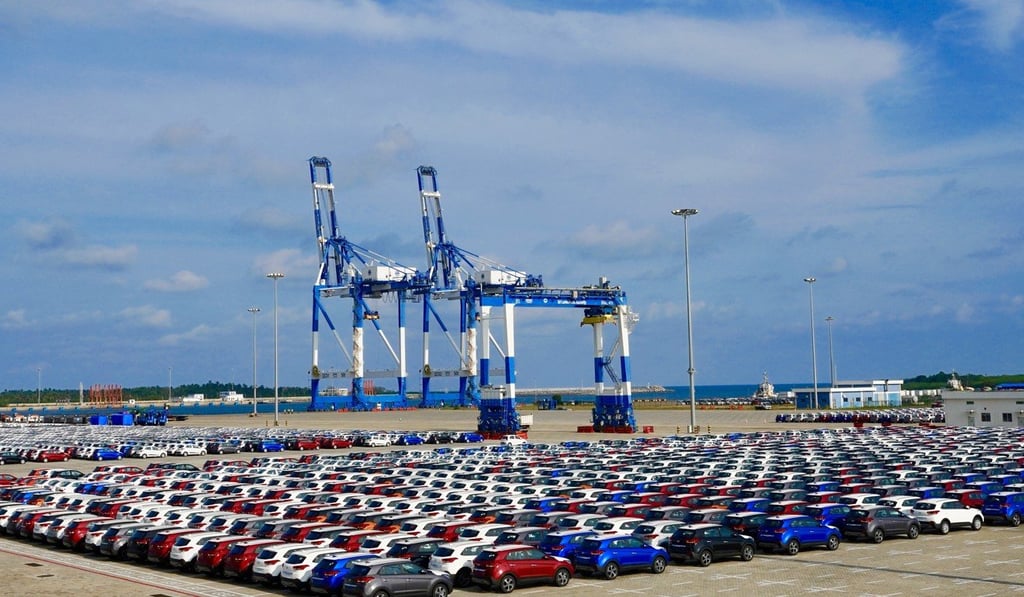Opinion | Can Sri Lanka’s neutral foreign policy under Gotabaya Rajapaksa steer it clear of US-China tussles?
- The island nation’s geographical position makes it an important strategic partner as major powers jostle for influence in the Indian Ocean region
- While the prevailing narrative is that Beijing has Colombo in a debt trap, ties between the two are unlikely to change for the foreseeable future

Sri Lanka’s strategic geographical position and the rising importance of the Indian Ocean in international geopolitics has made it an important country to major global powers. With the rising importance of the Indo-Pacific strategy, the Quad countries – India, the US, Australia and Japan – are seen as using different strategies to woo Sri Lanka and drag it towards their respective spheres of influence.

Additionally, China, the European Union and Russia see Sri Lanka as an important strategic partner to realise their Indian Ocean interests. Following Rajapaksa’s remarks on foreign policy, envoys from Russia, China, the US each met the president on January 14, while he met a Japanese delegation one day previously.
In her meeting, US principal deputy assistant secretary of state for South and Central Asian affairs Alice Wells reassured Rajapaksa of Washington’s “commitment and interest in furthering and deepening [its] partnership” with the island nation.

